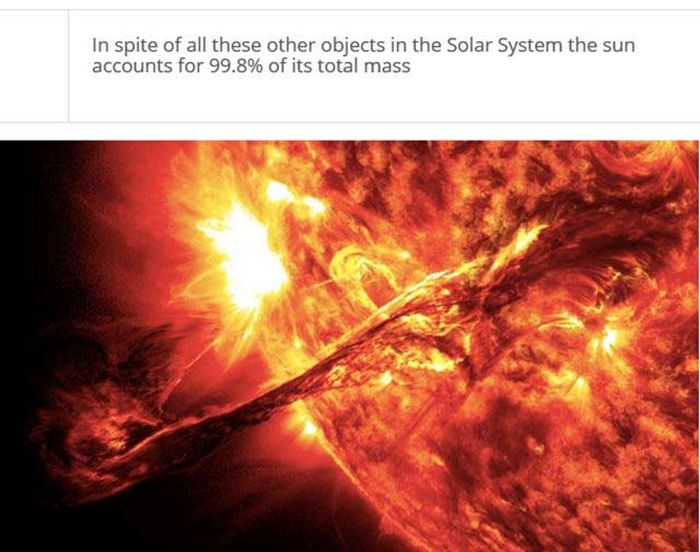|
|
Interesting Facts About Universe
|
This cosmology was accepted by Isaac Newton, Christiaan Huygens and later scientists. Edmund Halley (1720) and Jean-Philippe de Cheseaux (1744) noted independently that the assumption of an infinite space filled uniformly with stars would lead to the prediction that the nighttime sky would be as bright as the sun itself; this became known as Olbers' paradox in the 19th century. Newton believed that an infinite space uniformly filled with matter would cause infinite forces and instabilities causing the matter to be crushed inwards under its own gravity. This instability was clarified in 1902 by the Jeans instability criterion. One solution to these paradoxes is the Charlier universe, in which the matter is arranged hierarchically (systems of orbiting bodies that are themselves orbiting in a larger system, ad infinitum) in a fractal way such that the universe has a negligibly small overall density; such a cosmological model had also been proposed earlier in 1761 by Johann Heinrich Lambert. A significant astronomical advance of the 18th century was the realization by Thomas Wright, Immanuel Kant and others of nebulae.
The modern era of physical cosmology began in 1917, when Albert Einstein first applied his general theory of relativity to model the structure and dynamics of the universe.
|
|









